So you’ve conquered the art of balancing and pushing on your skateboard, cruising down the sidewalk with a newfound sense of freedom. But what happens when you need to stop? Knowing how to stop safely and effectively is just as crucial as knowing how to get going. As you continue to improve your skills, it’s essential to explore techniques that will help you halt smoothly and avoid spills. To enhance your skateboarding experience, explore Jamesonsjourney blog for tips and tricks on mastering stopping techniques. This guide will walk you through various stopping techniques, from beginner-friendly methods to more advanced maneuvers, ensuring you can confidently navigate any skateboarding situation.
-
The Foot Brake:
This is the most intuitive and common way to stop for beginners.
- How to do it: While rolling, place your back foot on the ground, keeping your leg straight to act as a brake. Apply gentle pressure to slow down gradually, increasing pressure for a quicker stop.
- Pros: Easy to learn, requires minimal balance.
- Cons: Can wear down your shoes, less effective at higher speeds.
- Pro Tip: Keep your center of gravity low and your front foot firmly planted on the board for better control.
-
The Heel Drag:
A slightly more advanced technique that offers a controlled stop.
- How to do it: Shift your weight to your front foot, lift your back heel, and gently drag it on the ground.
- Pros: More controlled than the foot brake, less wear and tear on your shoes.
- Cons: Requires more balance and practice.
- Pro Tip: Start practicing on a smooth, flat surface. Gradually increase the pressure on your heel to control your stopping speed.
-
The Tail Stop:
This technique involves using the tail of your skateboard to create friction and come to a stop.
- How to do it: Shift your weight to your back foot, pressing down on the tail to lift the front wheels off the ground. The friction between the tail and the ground will slow you down.
- Pros: Effective at low speeds, can be used to perform tricks.
- Cons: Can damage your board if done incorrectly, requires practice.
- Pro Tip: Start with light pressure on the tail and gradually increase it as you get comfortable. Avoid slamming the tail down, as this can cause the board to chip or crack.
-
Power Slide:
For the more adventurous beginners, the power slide offers a stylish and effective way to stop.
- How to do it: While rolling, shift your weight to your back foot and pivot your shoulders and hips in the direction you want to slide. Simultaneously, apply pressure to the tail of the board to break traction and initiate the slide.
- Pros: Looks cool, effective at higher speeds.
- Cons: Requires good balance and coordination, can be difficult to learn.
- Pro Tip: Start practicing at low speeds on a smooth surface. Wear protective gear and be prepared to fall a few times before mastering this technique.
-
Bail Out:

Sometimes, the safest way to stop is simply to jump off your board.
- How to do it: When you need to stop quickly, jump off your board and run it out.
- Pros: The quickest way to stop in an emergency.
- Cons: Can be jarring on your legs, your board may continue rolling.
- Pro Tip: Practice jumping off your board at low speeds to get comfortable with the movement. Always be aware of your surroundings before bailing out.
Beyond the Basics:
As you become more experienced, you can explore other stopping techniques like the Coleman slide or the frontside powerslide. These advanced maneuvers require practice and skill, but they offer even greater control and stopping power. Many beginners wonder, how long does it take to be good at skateboarding? While the answer varies for everyone, mastering these advanced techniques can significantly enhance your overall skating ability.
Related: Fun Craft Projects To Enjoy As A Family
Tips for Effective Stopping:
- Practice, practice, practice: The key to mastering any stopping technique is consistent practice. Start with the basics and gradually progress to more advanced methods.
- Start slow: Begin practicing on a flat, smooth surface at low speeds. As you gain confidence, gradually increase your speed and try different terrains.
- Bend your knees: Keeping your knees bent will lower your center of gravity and improve your balance.
- Look ahead: Anticipate when you’ll need to stop and choose the appropriate technique.
- Wear protective gear: Always wear a helmet and pads when skateboarding, especially when learning new techniques.
- Be aware of your surroundings: Pay attention to other skaters, pedestrians, and obstacles in your path.
Choosing the Right Stopping Technique:
The best stopping technique will depend on your skill level, speed, and the situation.
- For beginners: Start with the foot brake or heel drag.
- At low speeds: The tail stop is a good option.
- At higher speeds: The power slide or bailing out may be necessary.
- In emergencies: Jump off your board and run it out.
By mastering different stopping techniques, you’ll gain confidence and control on your skateboard, allowing you to enjoy the ride and explore new possibilities. Remember, safety first! Always wear protective gear and be mindful of your surroundings. Happy skating!

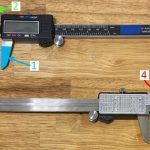




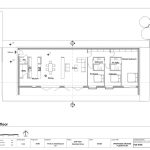
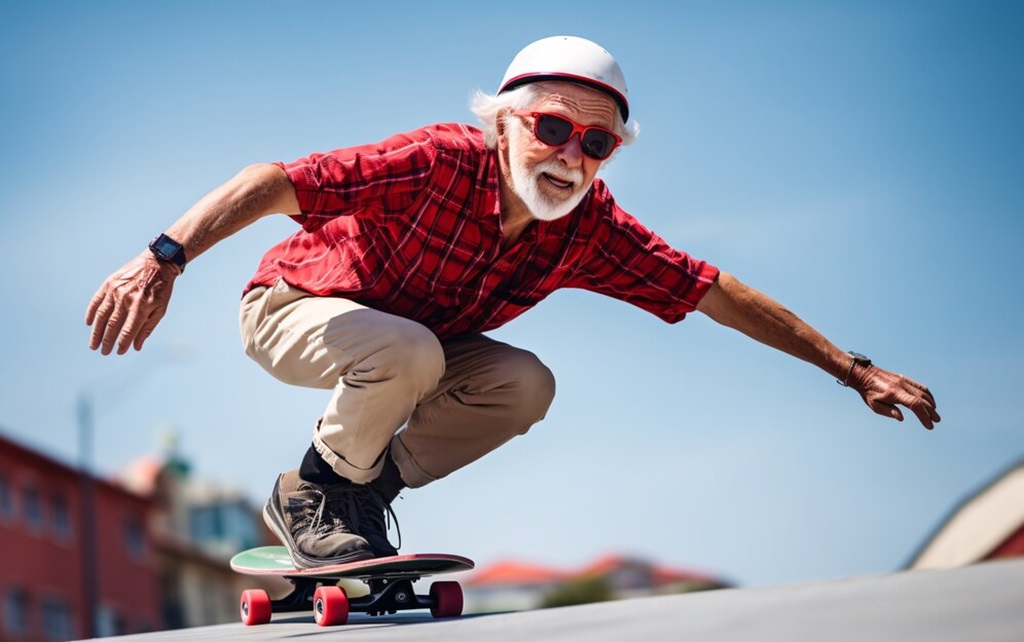
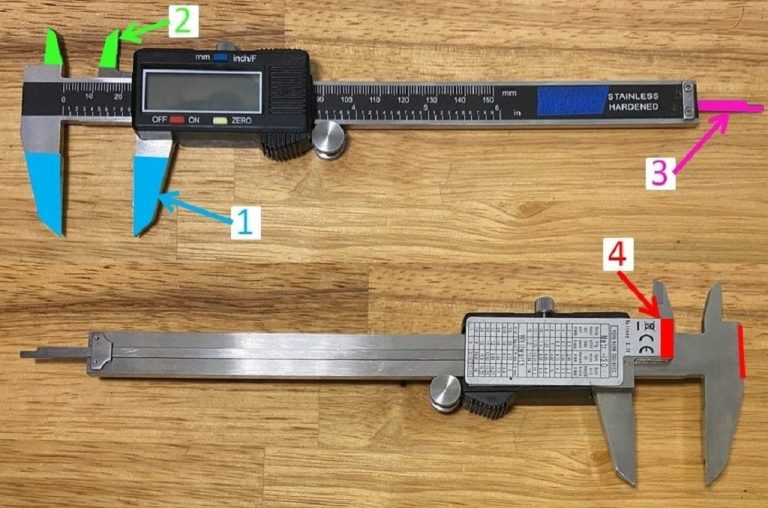

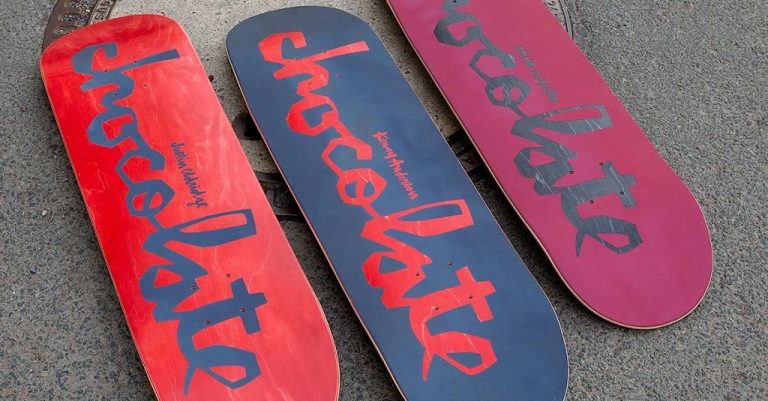

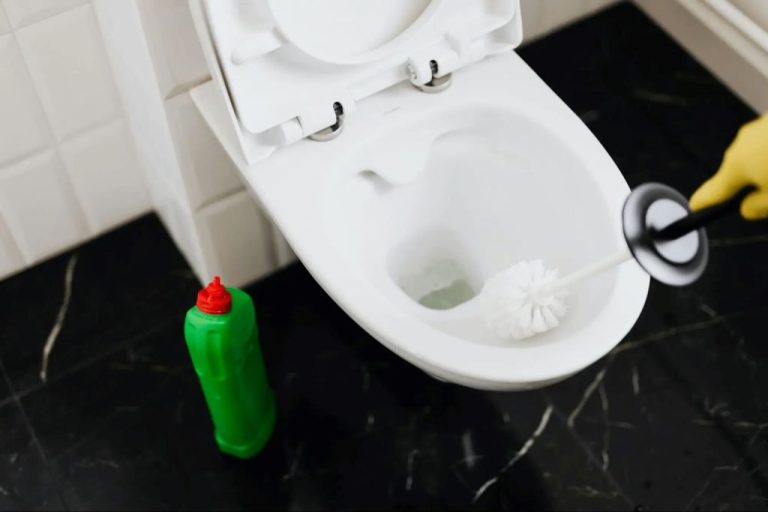
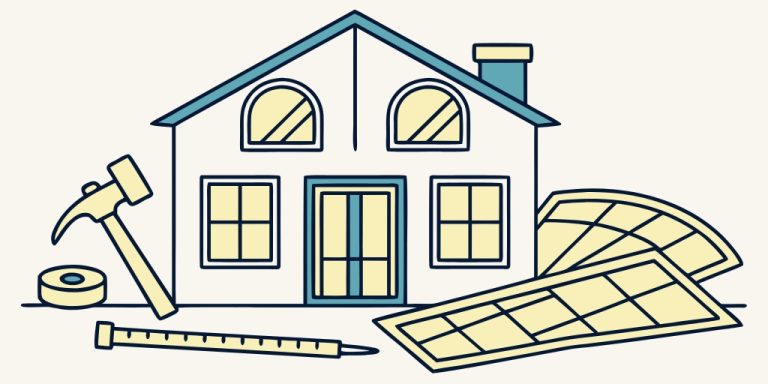
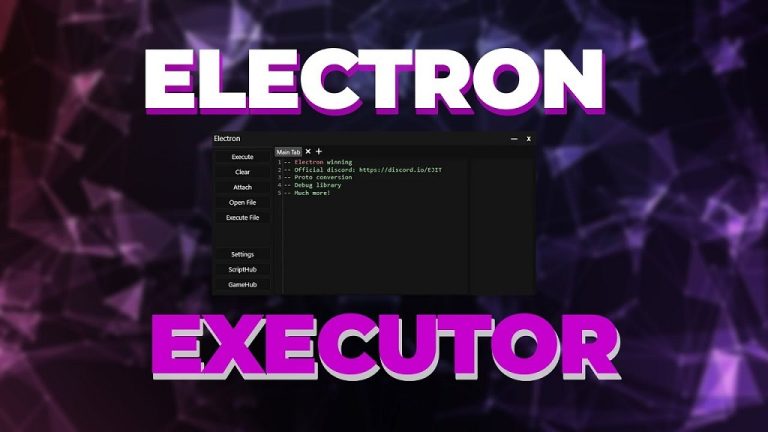
+ There are no comments
Add yours